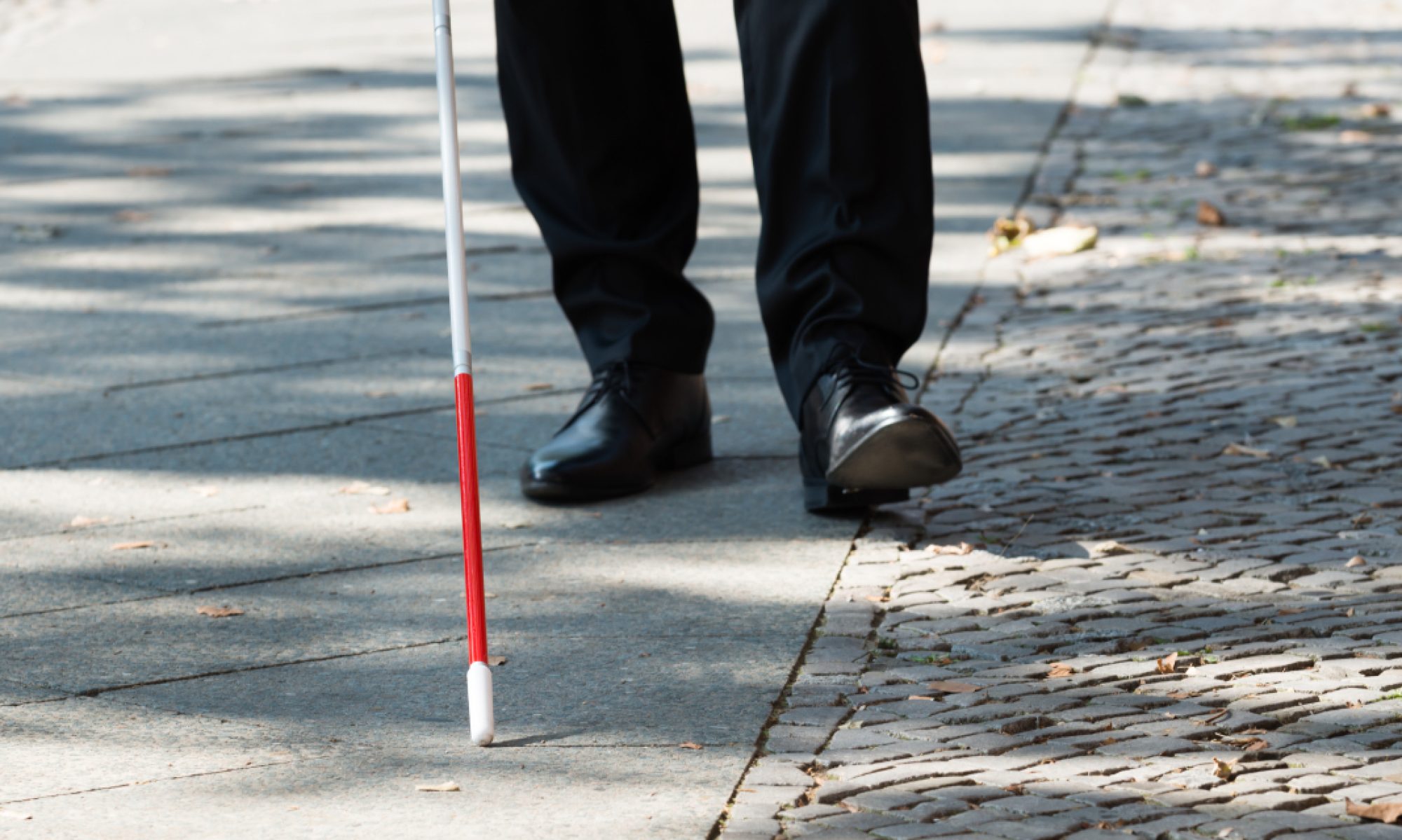Risks:
There are currently no risks because our lidar is compatible with our Jetson!
Changes:
There have been no changes since the previous update/

Carnegie Mellon ECE Capstone, Spring 2025: Kaya Akinci, Cynthia Meah, Maya Voelkl
Risks:
There are currently no risks because our lidar is compatible with our Jetson!
Changes:
There have been no changes since the previous update/
Accomplishments:
This week, I managed to successfully configure the LiDAR L515 camera with the Jetson Orin Nano. I dowloaded all of the necessary libraries including the realsense compatible with our old camera onto the Jetson. Additionally, I mapped out all of the GPIO’s that we are going to use for our peripherals and wrote a script to turn on that pin.
Progress:
We are slightly behind schedule due to our group having a busy week with greek sing. We plan on doing extra work tomorrow to catch up and put us back on track.
Future deliverables:
I plan on working with Cynthia on the making of our computer vision yolo algorithm. Additionally, I will assist Maya on the connecting of our peripherals to the breadboards.
Risks:
We have yet to attempt connecting the Jetson and L515, so that is a potential risk we may face, but we will be trying to do that this week so that we have ample time to problem solve if it does not work initially.
Changes:
The only change we have made is a new power supply due to our new power calculations. We did not realize that our computer vision would require our Jetson to be in Super Mode, which requires an additional 10W from what we had originally planned for. But we have found a new power source that supplies our required 5V, 6A.
A was written by Maya, B was written by Kaya and C was written by Cynthia.
Part A: Our cane addresses a global need for increased accessibility and independence for individuals with visual impairments. Around the world, millions of visually impaired people face mobility challenges that hinder their ability to safely navigate unfamiliar environments. The need for better mobility tools spans urban areas, rural villages, and developing areas, meaning it is not limited to any one country or region. Our design considers adaptability to different terrains and cultures, ensuring the cane can be valuable in settings from crowded malls to personal homes. By enhancing mobility and safety for people with visual impairments on a global scale, the product contributes to broader goals of accessibility, inclusivity, and equal opportunity.
Part B: Our cane addresses different cultures having varying perceptions of disability, independence, and accessibility. In communities with strong traditions of communal living, the single technology-advanced cane encourages seamless integration into these communities by drawing less attention and allowing users to maintain their independence. Additionally, the haptic feedback system will allow for users to integrate seamlessly by drawing less attention by producing no noise from the device. By considering these cultural factors, our solution will allow for greater acceptance and integration into various societies.
Part C: We designed CurbAlert to take into consideration environmental factors, such as disturbing the environment around the user and interacting with the environment. Specifically, the feedback mechanism (haptic feedback) was chosen to notify only the user without creating extra noise or light or disturbing the surrounding environment or people. Additionally, our object detection algorithm is designed to detect hazards without physically interacting with the user’s environment and without having to be in contact with anything besides the ground and the user’s hand. Additionally, our prototype will be robust and rechargeable, making the product have no additional waste and making it so that a user will only need one of our prototype. By being considerate of the surrounding environment, CurbAlert is eco-friendly.
Accomplishments:
This week, we found out that our Jetson would consume more power than we had initially planned for, so I spent a lot of time researching new power options that met our 5V, 6A power requirements of a portable charger. Kaya and I also worked to set up the Jetson Nano. Lastly, I did a lot of the final documentation and diagrams of our Design Review.
Progress:
We are on schedule now that we have finished the Design Report, our Jetson initialization, and L515 camera set up.
Future deliverables:
Our adafruit order was delivered, so I will be able to start working on the haptic vibration motor and starting to create the logic for different feedback patterns. Since Kaya and Cynthia will be working together on the software behind the computer vision, I plan to focus on more of the Jetson and haptics.
Accomplishments:
This week, I worked on finishing the initialization of the Jetson Nano. We got it fully displayed on a monitor and I set up numerous ways to connect to the Jetson without a monitor which include ssh configuration and VNC viewer for virtual display. I also updated the Jetson operating system and installed Jetpack. Lastly, I downloaded Jupyter and Pytorch and came up with a way to remotely accessed Jupyter in the Jetson through a local browser.
Progress:
We are on schedule now that we have finished the design report and have both our Jetson and L515 camera set up.
Future deliverables:
I plan on working on setting up the software/circuits for the force sensitive resistor and haptics. Additionally, I plan on working with Cynthia on the code for the computer vision.